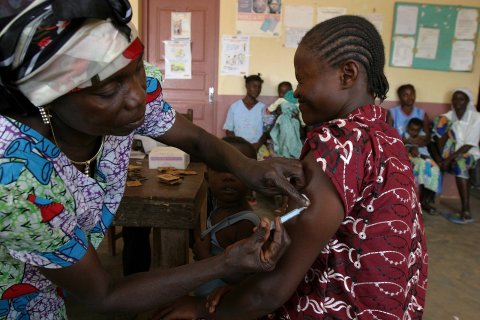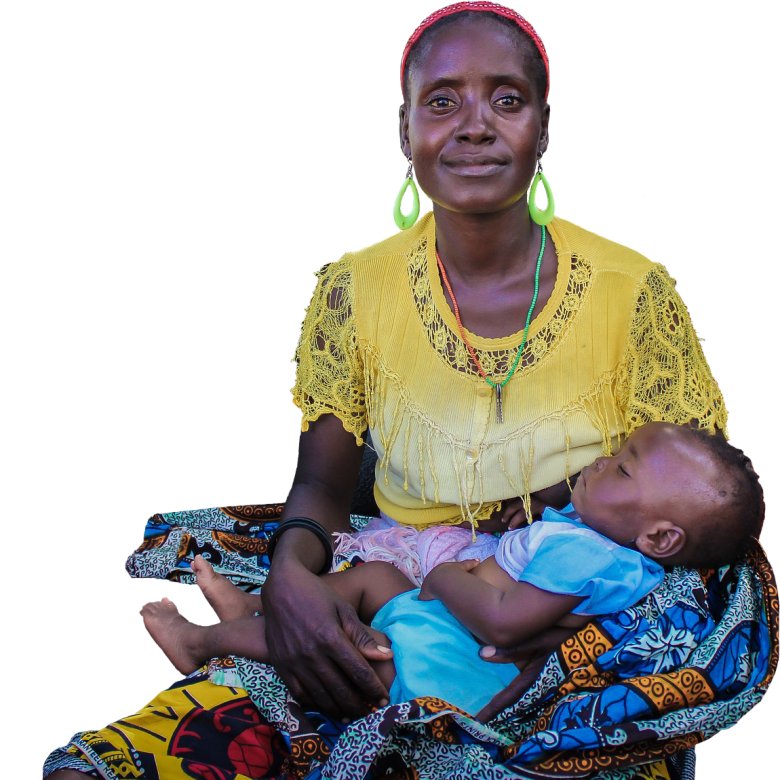Vaccine hesitancy: confidence, complacency and convenience

By Imogen Buss, an RSTMH Student Ambassador studying at the Université de Gèneve in Switzerland.
Vaccine hesitancy is a term used to define “a delay in acceptance or refusal of vaccines despite availability of vaccine services". It is complex and context specific and varies according to time, place and vaccine of interest.
Thanks to successful vaccination programmes throughout the late 20th and early 21st century, there was a decline in childhood deaths around the globe. The MMR vaccine contributed to reducing childhood deaths from measles by 95% and was endorsed by the Expanded Programme on Immunisation by the WHO, in combination with work from GAVI, the global vaccine alliance.[1]
However, a reversal of this trend has been noted over the past decade by an increase in cases of certain vaccine-preventable diseases such as measles, mostly due to sharp decreases in vaccination coverage, in part fuelled by the antivaccination movement.[2]
Loss of herd immunity
If an insufficient number of people are vaccinated within a population, the population becomes vulnerable, as contagious diseases are more easily transferred from person to person.
A current example of this phenomenon associated with a loss of herd immunity has been demonstrated by the recent global increase of measles cases. To achieve herd immunity for measles, 90-95% of the population must be fully vaccinated. In the UK, 87.4% of children aged five have received both MMR doses, indicating that overall the population falls just below the required vaccination proportion to achieve herd immunity.
However, the number of cases is much more significant in developing countries with weaker health infrastructure and exacerbated by conflict or disaster. It is one of the world’s most contagious diseases, spread to individuals by coughing and sneezing, direct or close contact with infected individuals. The virus can survive for up to two hours in the air or on infected surfaces. It is worth noting that measles is a potentially fatal disease and has no specific treatment.
Major threat to global health
Vaccination is known to be one of the most effective methods to prevent spread of infectious diseases and one of the most cost-effective public health strategies. The WHO has identified vaccine hesitancy as one of the major ten threats to global health in 2019. Evidently, we must try to understand individual and group influencers of vaccine hesitancy, as well as identify and develop strategies to help target this change.
Individuals tend to be vaccine hesitant for numerous reasons, including personal negative experiences and misinformation regarding vaccines. Political and economic climates also play a role.
Various models have been suggested to capture and categorise the main determinants of vaccine hesitancy. Two of these have been accepted by the Strategic Advisory Group of Experts (SAGE) on immunisation, set up to provide advice on the work of the WHO.
The determinants impacting vaccine hesitancy have been divided into the “Three Cs” model; confidence, complacency and convenience". Confidence involves trust in the safety and efficacy of the vaccines themselves, the health system that delivers them, and the motivations of policy-makers who decide on the vaccine. Complacency refers to when the perceived risks of vaccine-preventable diseases are low, and therefore vaccination is not deemed a necessary preventative action. Vaccination convenience is a significant factor when physical availability, affordability and accessibility affect uptake.[3]
A more complex matrix of determinants of vaccine hesitancy has also been outlined by the WHO SAGE working group, dividing the determinants into contextual influences, individual or group influences, and vaccine specific issues. Contextual influences focus on environmental, political, and socio-cultural factors; individual or group factors include personal experiences, knowledge, beliefs and attitudes; vaccine specific factors includes administration method, the risk-benefit ratio and costs of vaccination.
How healthcare professionals can help combat vaccine hesitancy
These models can be useful when considering management options or specific targets for policies, although careful adaptation to context specific situations is required. Therefore, there are numerous avenues to target in the management of vaccine hesitant individuals, the focus here will be on interventions involving healthcare professionals.
The WHO recognises that health workers are the most trusted advisors and influencers of vaccination decisions, although, in practice, they are often over-stretched and under-resourced. Hence the WHO recommends training health workers to use applicable tools in order to improve vaccine uptake.
The WHO SAGE working group systematic review of strategies to target vaccine hesitancy did not find strong evidence of any methods to specifically overcome hesitancy in any populations. However, they did demonstrate that integrated, multi-component strategies were the most effective, in concordance with the ECDC’s recommendations.
More specific strategies to improve vaccine uptake stem from the SAGE working group involving the International Food and Beverage Alliance (IFBA) who have significant experience in social marketing. They highlighted the importance of “the power of the story”, and that change is instigated by the consumer due to stimulated emotion and feelings rather than facts.
This is also supported by Dr Alessandro Diana, a paediatrician and expert in vaccinology at the University of Geneva. He found that stimulating the frontal cortex by using emotive story-telling techniques, in combination with motivational interviewing, helped engage individuals and encourage them to reconsider their vaccine hesitant position. He emphasises that it is not his goal to change people’s minds, but that it is a health workers job to inform patients, and that by using motivational interviewing techniques, we can provide enough relevant information for people to make the best decision for them.
Motivational interviewing is a well-validated tool used for behaviour change in numerous settings[4] and is recommended as a method for healthcare professionals encountering vaccine hesitant populations.[5] A study conducted in Canada demonstrated a small but significant increase in vaccination uptake among mothers exposed to motivational interviewing than those without (aOR 1.08).[6]
However, further research is required in this emerging field, as contradictory evidence regarding HPV vaccines demonstrated both a provider-reported increase in HPV vaccine acceptance due to motivational interviewing training,[7] and conversely that providing strong presumptive HPV vaccine recommendations increased parent vaccination attitudes and acceptance.[8]
Combination of strategies needed
In conclusion, monitoring and addressing the concerns of vaccine hesitant populations is a key public health challenge. The WHO has identified vaccine hesitancy as a major current problem, reflected by the rise of vaccine preventable diseases over the past few years.
Numerous factors have been identified as playing a role in influencing people’s decisions regarding vaccines and using a combination of strategies to manage this problem is recommended.
Specifically training healthcare workers in motivational interviewing techniques could help provide individuals with adequate information for them to make the right decision for them, although further research is required to validate this method in different environments.
